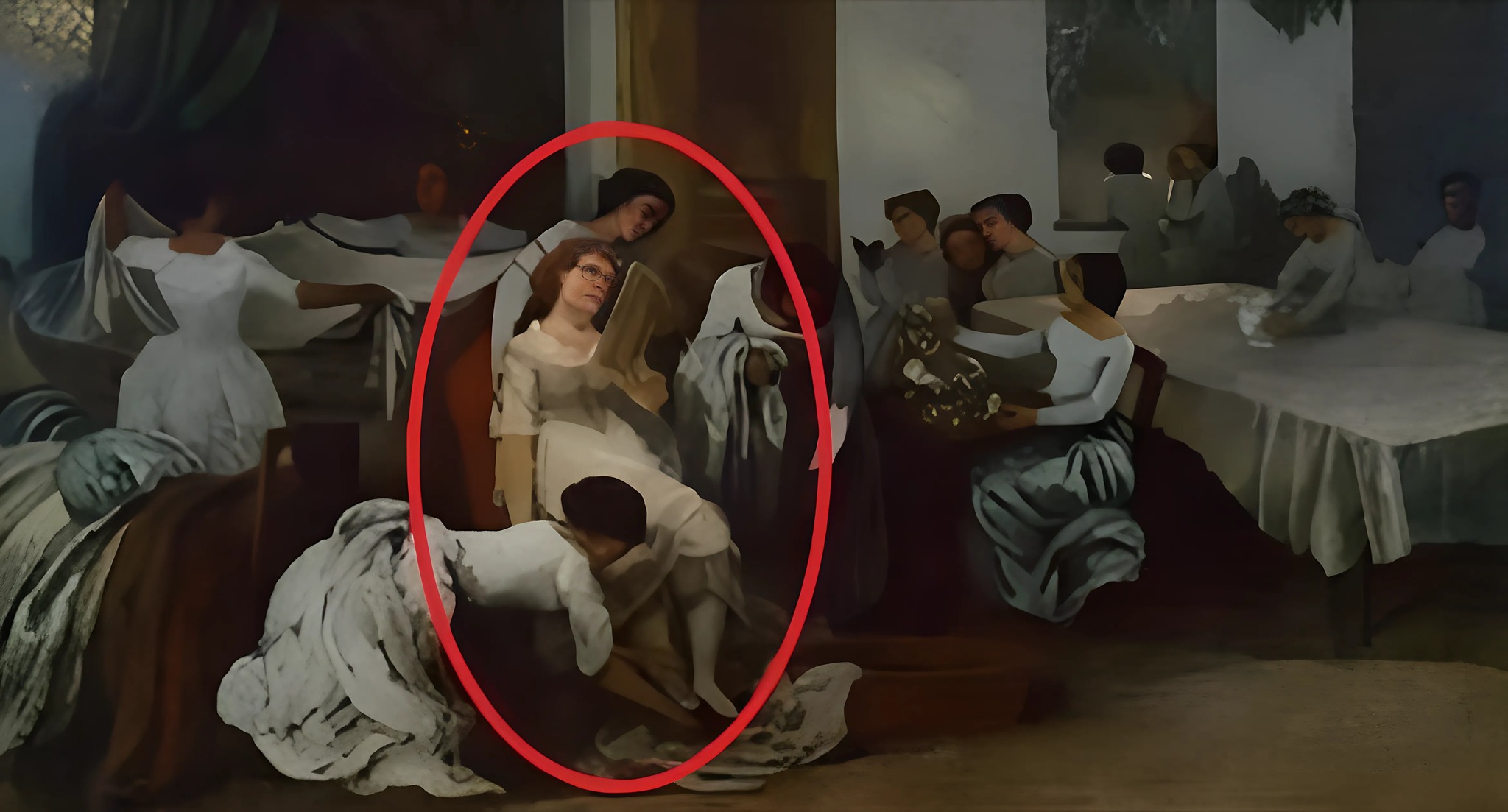Do you know examples of gloomy paintings? I can name a couple of such paintings, which personally gave me an oppressive feeling. But do we know what the author of this painting was thinking when he created it?
The following 5 paintings by famous artists, which FF offers you to look at, at first glance do not display anything frightening. But if you look closely or read interesting facts about them, it becomes somehow uncomfortable.
Hendrik van Antonissen ‘Scene on the Shore’.
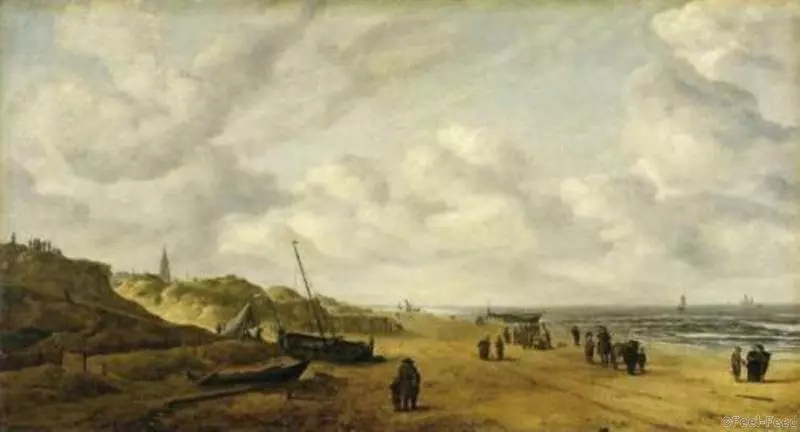
What is such a huge number of people doing on the shore? A seemingly simple seascape.
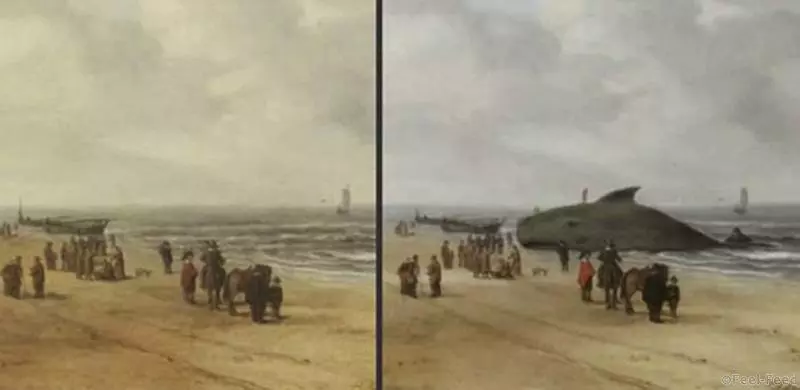
In fact, after X-raying the painting, experts determined that this painting depicted people’s curiosity about a dead whale washed ashore. However, the author felt that no one would want to see the carcass of a dead animal on their wall. So he repainted the canvas…
‘Angel’, Jean-François Millet.
Peasants bent over a basket of potatoes. Hard times, small harvest, the sorrow on their faces is justified.
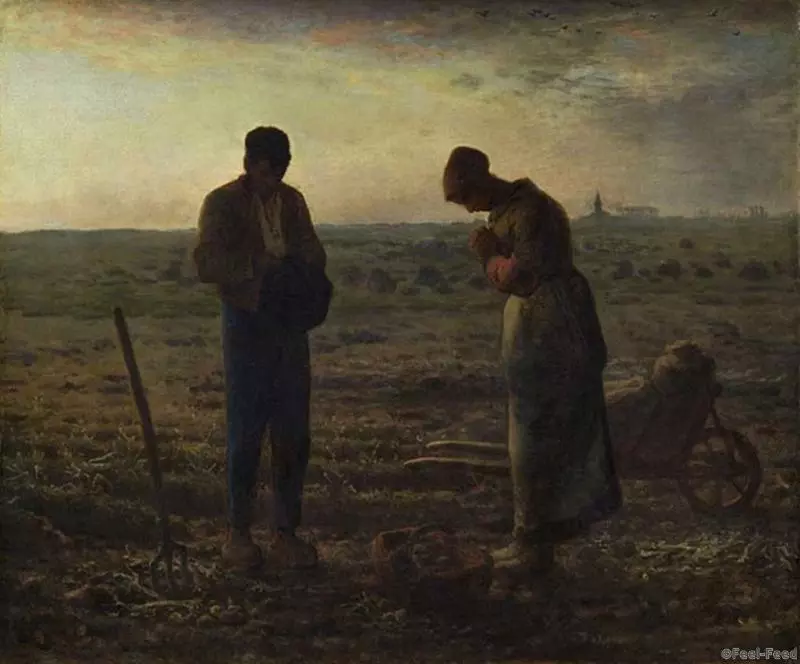
How horrified was I when I learnt that, according to research and X-rays, the basket was originally the site of a coffin with a newborn baby in it? I mean, according to the author’s conception, it was originally a picture of parents burying their child….
‘Preparing the Bride.’
It is generally agreed that this unfinished painting depicts a scene of a bride preparing for her wedding.
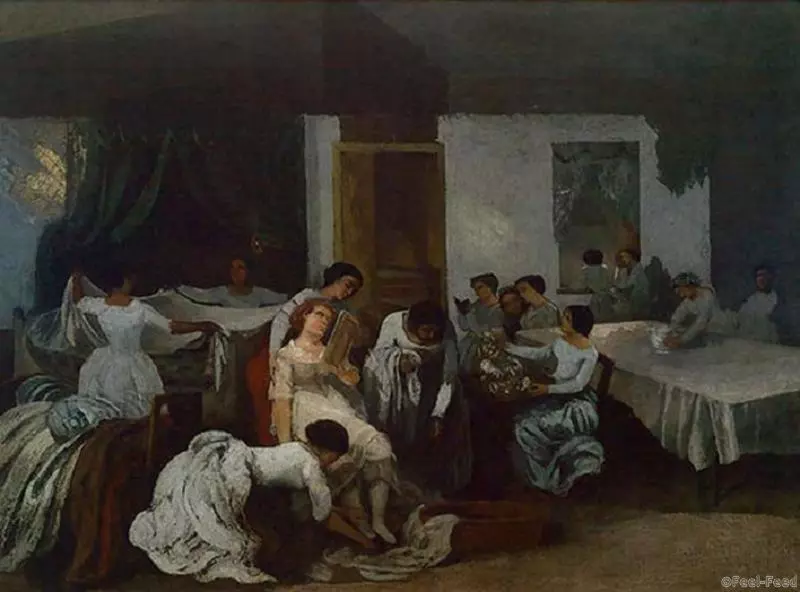
However, a 1960 X-ray showed that it does depict the process of dressing a girl in a bride’s attire. Only they are not preparing her for a wedding, but for a funeral.
Pablo Picasso, ‘The Old Guitarist.’

Many know the work of this famous artist, which depicts a guitarist. But not many know that in fact the author of the canvas experienced hard times, and when his paintings did not sell, he painted on the most unsuccessful, in his opinion, new ones.
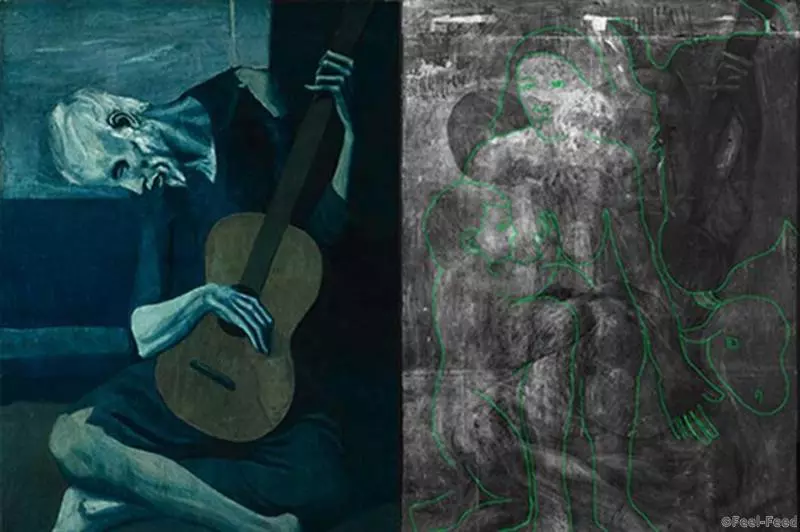
X-rays revealed that underneath ‘The Old Guitarist’ lurks a mother and child in the countryside amongst pets.
Jean-Auguste-Dominique Engrah’s ‘Portrait of Jacques-Marc de Montbreton de Norven’
Times change and so do ideals, social customs and orders. This artist painted a portrait of the chief of police of Rome after Napoleon conquered the city. In the background, according to research, was a plaster bust of Napoleon’s son.
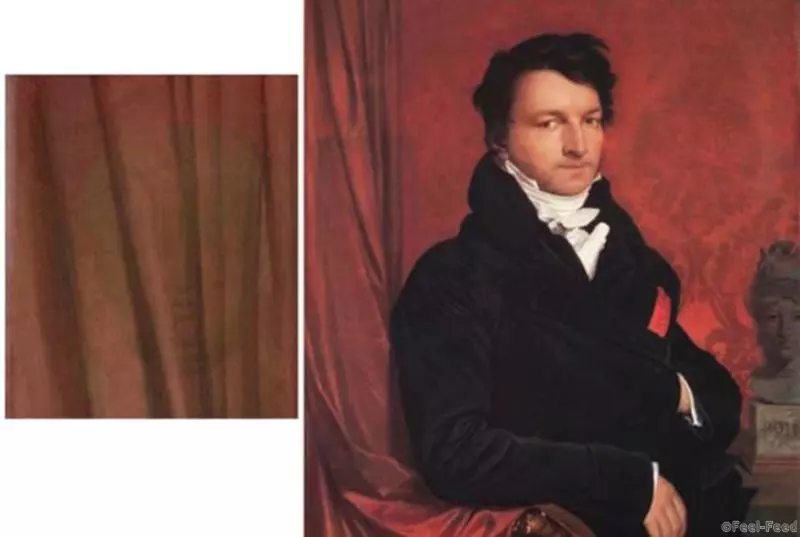
However, after Napoleon’s defeat, the artist chose to hide this element as it could have been unsafe for the author’s life.
Amazing, isn’t it? These interesting facts once again confirm that before you buy a thing, it is worth knowing its history and meaning. Maybe the vase on your desk is an urn for ashes? And the painting hides someone’s funeral? Why bring unnecessary negativity into your home?
